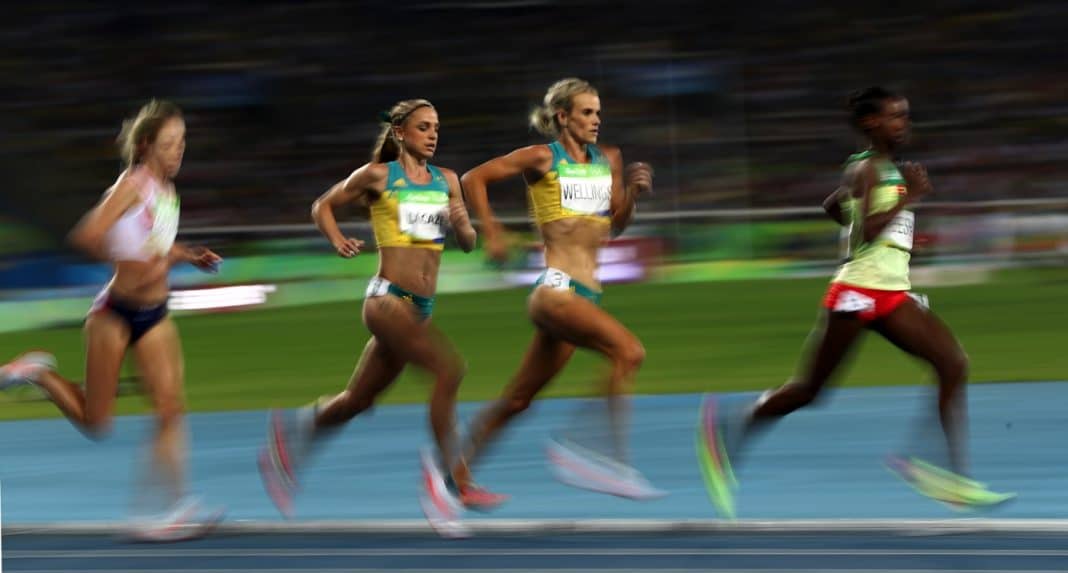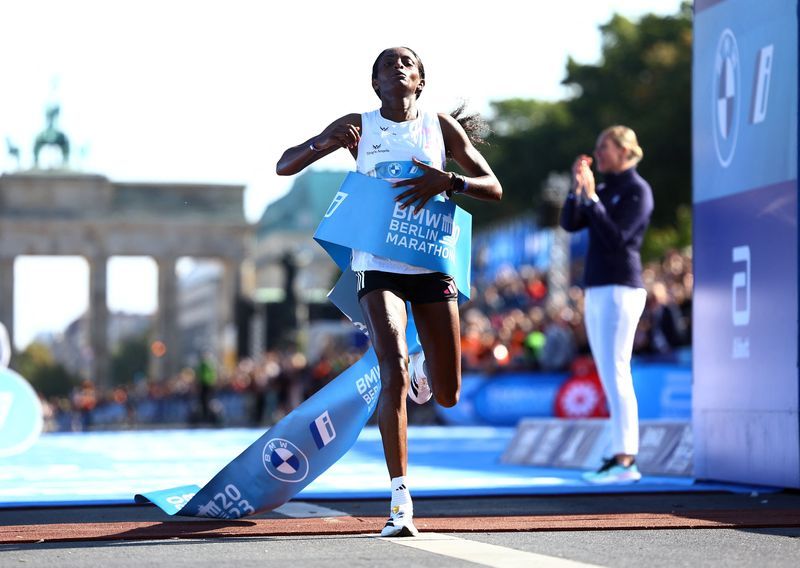In a recent study published in Sports Medicine – Open, researchers have unearthed a notable gender gap in the advantages conferred by “super shoes” in the domain of running performance.
For years, researchers have scrutinized data to understand the impact of these state-of-the-art carbon-plated shoes on running efficiency. While it’s widely accepted that these shoes enhance running economy, questions have persisted regarding their differential effects across genders.
The latest investigation delves into the top 100 performances across various Olympic running events, spanning from the 100 meters to the marathon. It marks the years 2016 (roads) and 2019 (track) as pivotal moments when super shoes gained widespread adoption.

The findings not only illuminate the varying degrees of performance enhancement across different running distances—ranging from minimal improvements in sprints (under 1%) to more pronounced benefits in longer distances (averaging around 2%)—but also highlight an unexpected revelation: women appear to derive greater benefits from these shoes compared to men. Particularly in longer distances, women experienced enhancements of up to 3.5%, surpassing the maximum 1.4% improvement observed in men.
View this post on Instagram
Researchers speculate that this divergence could offer insights into the remarkable decline in the female marathon world record, exemplified by Tigist Assefa’s remarkable 2:11:53 finish at the 2023 Berlin Marathon. However, the underlying reasons for this gender-based discrepancy remain elusive.

While the study refrains from providing a definitive explanation for these differences, researchers suggest that variations in body mass, competition speeds, or running biomechanics between men and women may contribute.
Furthermore, the study raises questions about whether shoe manufacturers tailor the stiffness of their cushioning foams or carbon elements based on factors such as mass, speed, or gender. The absence of such customization in most super shoes implies that current designs may inherently favor the biomechanics of female runners.
In light of these findings, researchers stress the importance of further exploration to develop footwear optimized for specific groups of runners, including men and women, as well as individuals of varying heights and speeds. This pursuit of tailored performance enhancements holds promise for advancing the field of running footwear.
